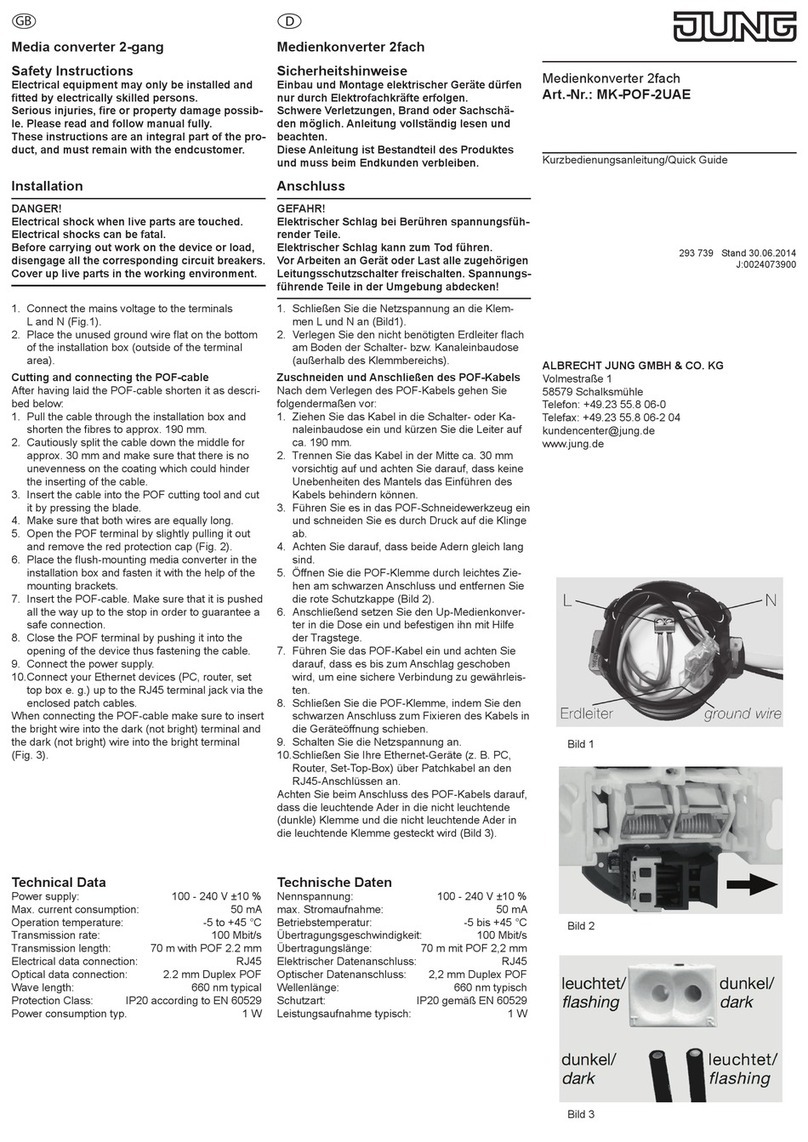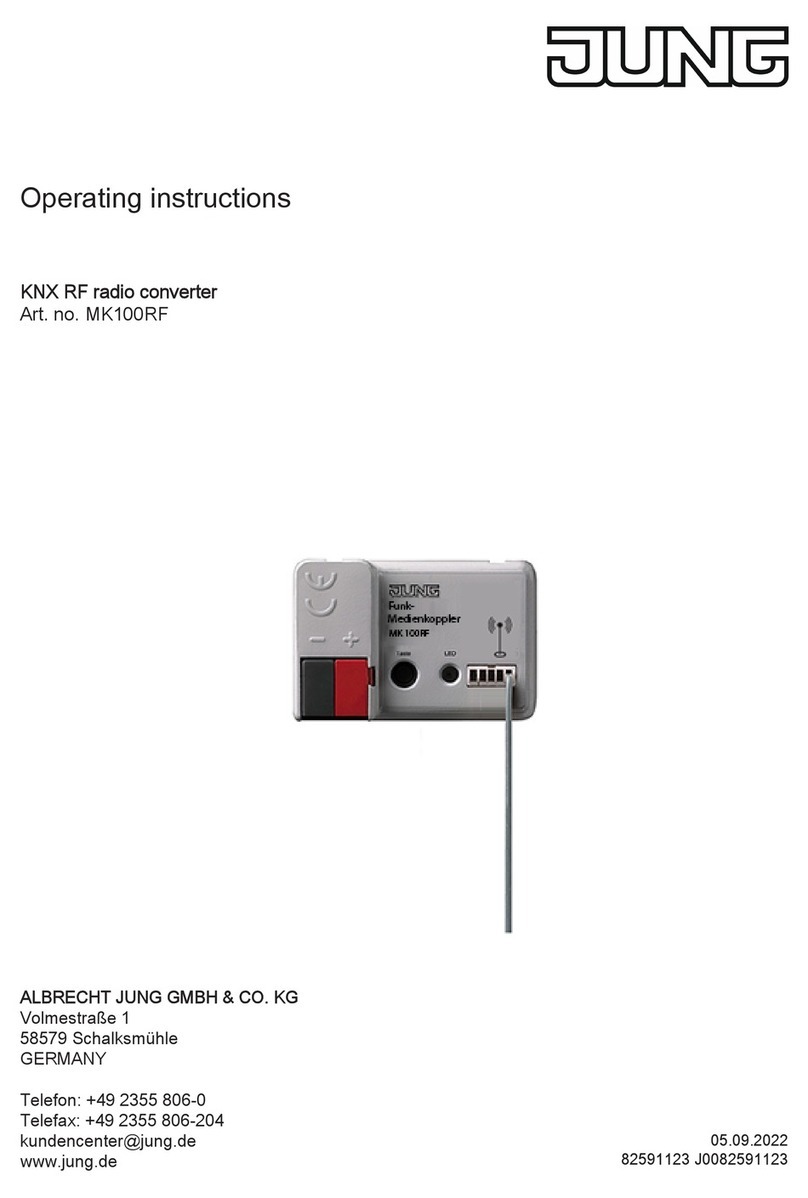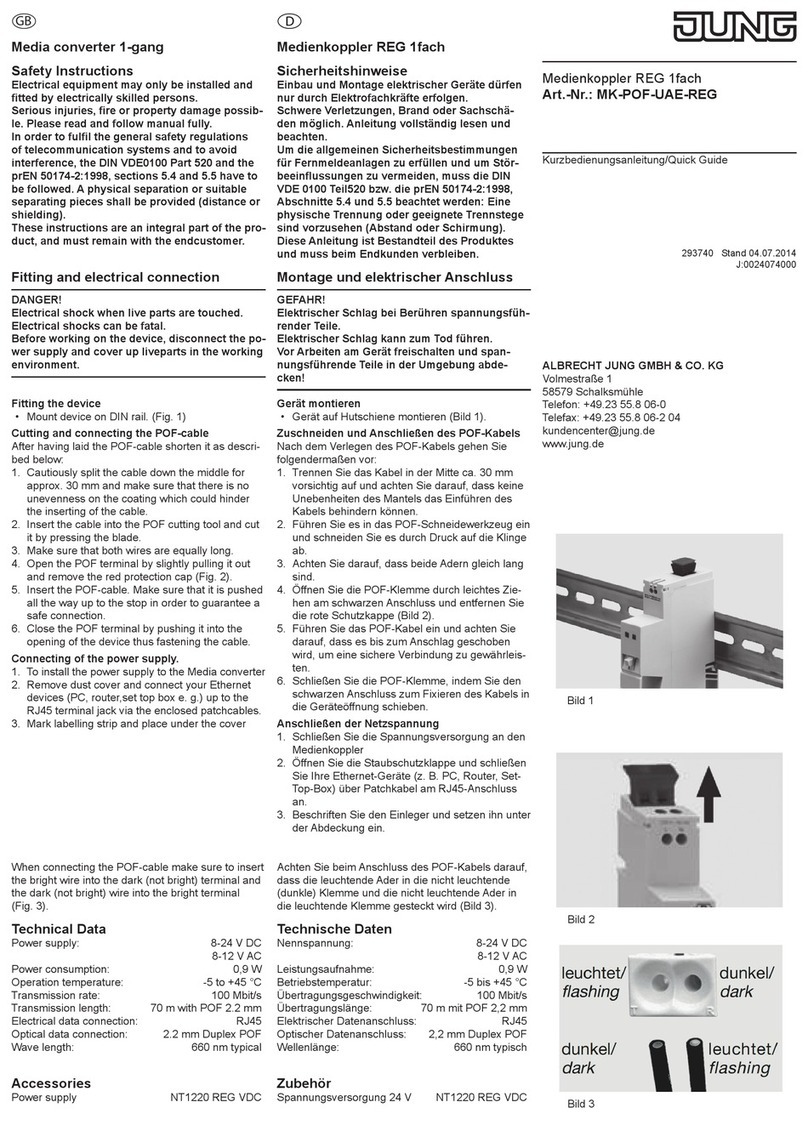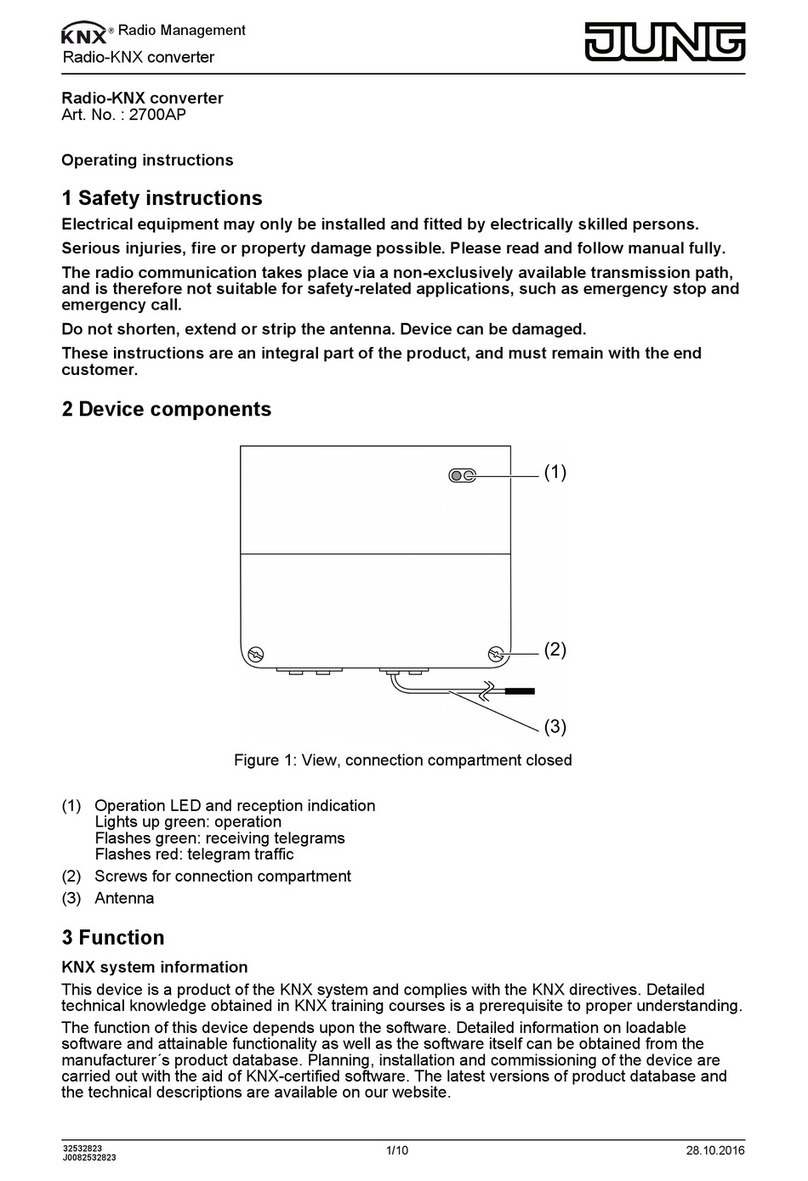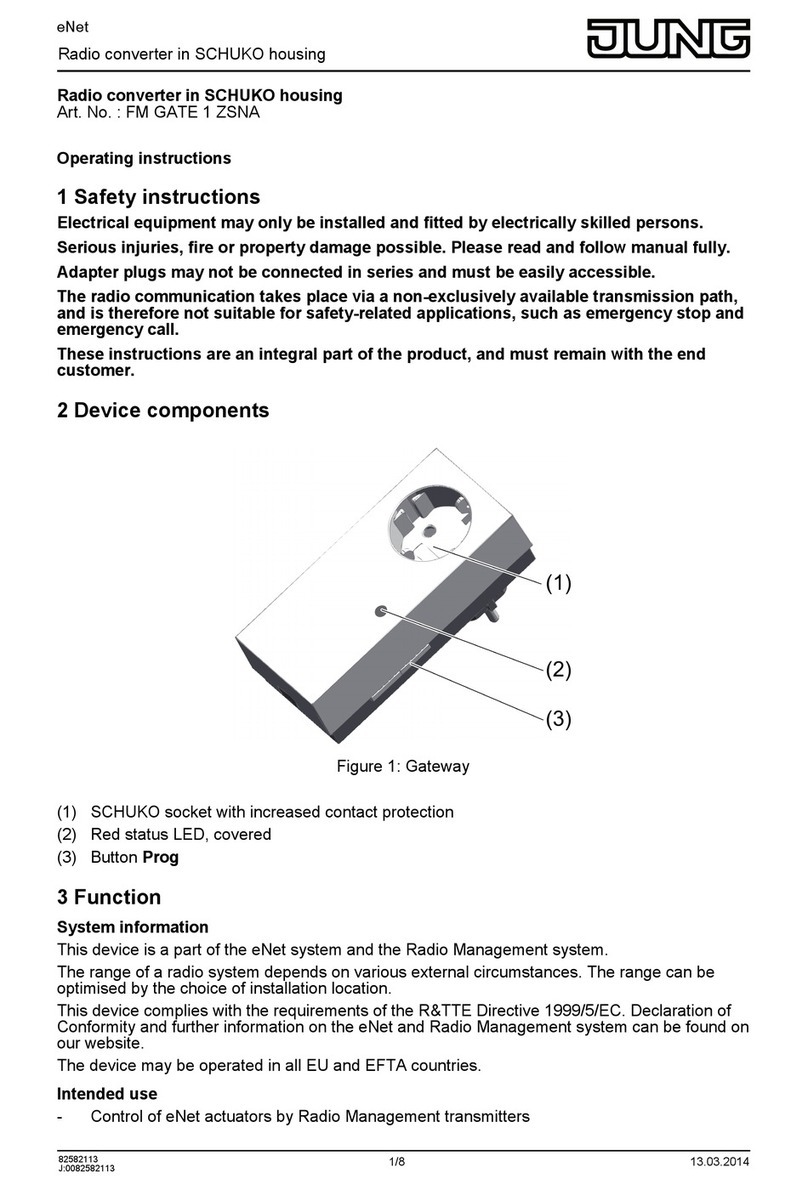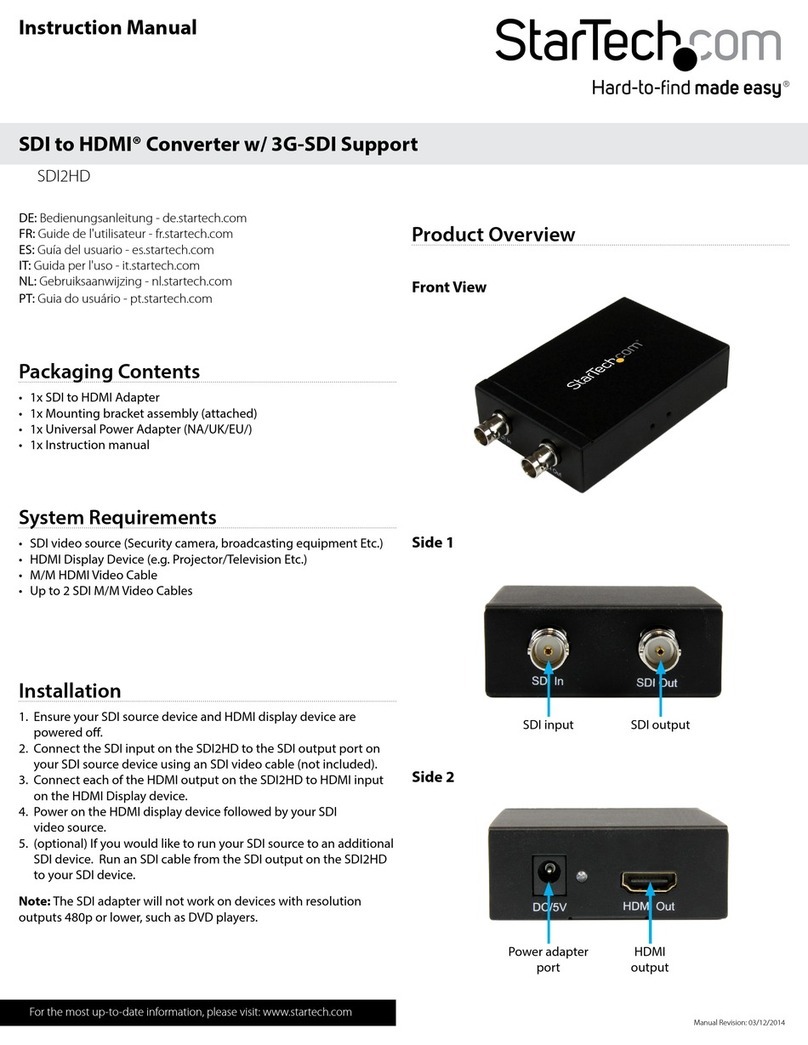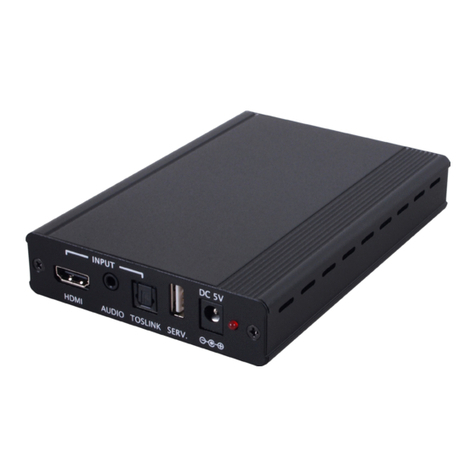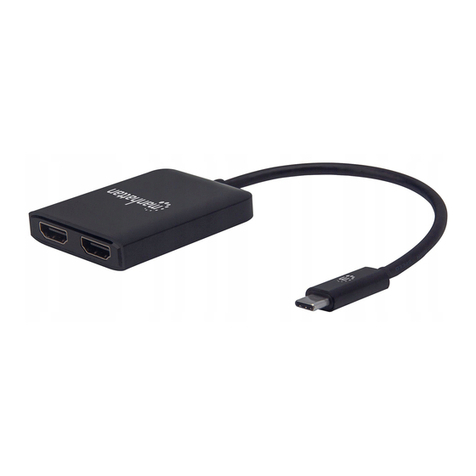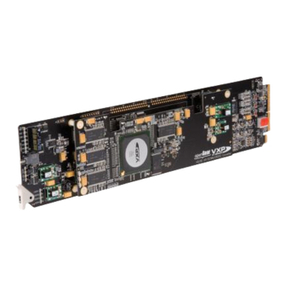Jung MK100RF Operator's manual

Product documentation
KNX RF radio converter
Art. no. MK100RF
Issue: 07.11.2022
ALBRECHT JUNG GMBH & CO. KG
Volmestraße 1
58579 Schalksmühle
GERMANY
Telefon: +49 2355 806-0
Telefax: +49 2355 806-204
www.jung.de

Table of Contents
KNX RF radio converter | Art. no. MK100RF | Page 2 of 42
Table of Contents
1 Information on the product ................................................................................................3
1.1 Product catalogue.................................................................................................. 3
1.2 Function ................................................................................................................. 3
1.3 Device components ............................................................................................... 4
1.4 Device generations ................................................................................................ 4
1.5 Update capability ................................................................................................... 5
1.6 Technical data........................................................................................................ 6
1.7 Accessories............................................................................................................ 6
2 Safety instructions.............................................................................................................7
3 Mounting and electrical connection...................................................................................8
4 Commissioning................................................................................................................10
5 Application programs ......................................................................................................14
6 Scope of functions...........................................................................................................15
7 Notes on software ...........................................................................................................16
8 Function ..........................................................................................................................17
8.1 Function as media coupler................................................................................... 17
8.2 Function as repeater............................................................................................ 23
8.3 LED display.......................................................................................................... 27
8.4 Configuration lock ................................................................................................ 28
8.5 Parameters for media coupler configuration........................................................ 30
9 Safe-state mode..............................................................................................................38
10 As-delivered state ...........................................................................................................40

Information on the product | Product catalogue
KNX RF radio converter | Art. no. MK100RF | Page 3 of 42
1 Information on the product
1.1 Product catalogue
Product name: KNX RF radio converter
Use: System device
Design: Installation
Art.-no. MK100RF
1.2 Function
Media and segment couplers are the link between a specific KNX RF environment
(RF = Radio Frequency) and a wired KNX TP installation (TP = Twisted Pair).
With regard to the routing property of telegrams, media and segment couplers func-
tion like standard TP backbone/line couplers. This means that RF devices can com-
municate with TP devices via a media and segment coupler or (with additional IP
backbone couplers) with IP devices and vice versa. Media couplers possess filter
settings and filter tables. The exact function of the device is determined by the selec-
ted parameterization and by the physical address.
Optionally, the device can additionally or alternatively work as a repeater. A repeater
repeats the radio telegrams received in its RF line by retransmitting them immedi-
ately. This allows an extension of the range of a KNX RF installation, meaning that it
is possible to position RF devices as required in a building, even in the case of diffi-
cult transmission and reception conditions.
The media and segment coupler is a device which allows the media type RF on the
lower-level line and the media type TP on the higher-level line. The media and seg-
ment coupler can be configured and commissioned with the ETS version 5 or higher.
The segment coupler functionality is supported from ETS version 6.0.5. The device is
powered via a KNX TP bus connection (KNX voltage supply unit) or alternatively, via
a suitable external DC voltage supply unit in repeater operation.

Information on the product | Device components
KNX RF radio converter | Art. no. MK100RF | Page 4 of 42
1.3 Device components
Image1: Device components
(1) KNX connection (TP)
(2) Programming button
(3) Status LED
Red lit up: Prog. mode
Red flashing quickly: Filter function deactivated
Red flashing slowly: Safe-state mode active
Yellow flashing: telegram traffic
Yellow lit up: Repeater prog. mode (for devices with marking "V02" or
higher)
(4) Antenna (RF)
1.4 Device generations
Devices marked "V00": No KNX Data Secure compatibility. Secure commissioning of
other devices via media coupler is not possible with this device version.
Devices with marking "V01": The device is KNX Data Secure-compatible with
ETS5.7.3 or higher. Secure commissioning of other devices via media coupler is pos-
sible without restrictions from this device version onwards. KNX Data Secure offers
protection against manipulation in building automation and can be configured in the
ETS project. Detailed specialist knowledge is required.
Devices with marking "V02" or higher: use as segment coupler possible for commis-
sioning with ETS version 6.0.5 or higher.

Information on the product | Update capability
KNX RF radio converter | Art. no. MK100RF | Page 5 of 42
1.5 Update capability
The device can be updated. Firmware updates (e.g. from device version V01 to V02)
can be performed in existing installations with the ETS and a special update applica-
tion program.
It is recommended to update media couplers individually and sequentially.

Information on the product | Technical data
KNX RF radio converter | Art. no. MK100RF | Page 6 of 42
1.6 Technical data
KNX RF
KNX medium RF1.R
Commissioning mode S-mode
Radio frequency 868.0 ... 868.6 MHz
Transmission capacity max. 20 mW
Transmitting range in free field typ. 100 m
Receiver category
(Data according to EN 300220)
2
KNX TP (media coupler/segment coupler operation)
KNX medium TP256
Commissioning mode S-mode
Rated voltage KNX DC 21 ... 32 V SELV
Current consumption KNX 3.9 ... 5.1 mA
Repeater operation
Rated voltage DC 24 V SELV
Degree of protection IP20
Protectionclass III
Ambient temperature -20 ... +45 °C
Storage temperature -25 ... +55 °C
Transport temperature -25 ... +70 °C
Relative humidity 10 ... 100 % (no moisture condensation)
Dimensions L×W×H 44x29x16 mm
1.7 Accessories
Power supply 24 V, for rail
mounting
Art. no. NT 2415 REG VDC

Safety instructions
KNX RF radio converter | Art. no. MK100RF | Page 7 of 42
2 Safety instructions
Electrical devices may only be mounted and connected by electrically skilled
persons.
Serious injuries, fire or property damage possible. Please read and follow manual
fully.
The radio communication takes place via a non-exclusively available transmission
path, and is therefore not suitable for safety-related applications, such as emergency
stop and emergency call.
This manual is an integral part of the product, and must remain with the end cus-
tomer.

Mounting and electrical connection
KNX RF radio converter | Art. no. MK100RF | Page 8 of 42
3 Mounting and electrical connection
General
Mount in suitable flush-mounted or surface appliance boxes.
In outdoor installations: Use appliance box IP55.
Do not place the device in metallic small distribution boards or appliance
boxes.
Do not lead any wire or sheathed cables from other power circuits through the appli-
ance box.
Precondition: To ensure good transmission quality, keep a sufficient distance from
possible interference sources, e.g. metallic surfaces, microwave ovens, hi-fi and TV
sets, ballasts or transformers.
Connect the device and mount it for use as media/segment coupler
The device is connected to and supplied by a KNX bus cable (TP).
Precondition: Ideally, the media coupler is positioned in the centre of an RF installa-
tion (domain), to allow low-loss and thus interference-free communication with all the
associated RF devices.
■ Connect device to a KNX bus cable. For this, use a KNX device connection
terminal. Ensure correct polarity.
If the media coupler is used as a line coupler, the KNX bus cable must be the
main line of a TP area. If the media coupler is used as a backbone coupler,
the KNX bus cable must be the TP area line (Backbone) of the KNX installa-
tion. If the media coupler is used as a segment coupler, the KNX bus cable
must be the first segment of the line.
■ Place the device in the appliance box.
■ When laying the antenna, extend the antenna extended as much as possible.
If this is not possible, position the antenna behind the device in a circular ar-
rangement.
When using blank covers, make sure the antenna does not lie directly behind
the metal supporting frame.
Connect the device and mount it for use as a repeater only (no media/segment
coupler function)
If needed, the repeater can be connected to a KNX bus cable (TP) via which it is sup-
plied, as long as the bus cable is the TP line of the associated media coupler. Thus
the use of the repeater is especially relevant for retroactive solutions in existing TP
systems.
Alternatively, a repeater can also be supplied via a separate DC voltage supply, even
without KNX bus voltage.

Mounting and electrical connection
KNX RF radio converter | Art. no. MK100RF | Page 9 of 42
Use purely as an RF repeater is only possible in RF lines, but not in lower-
level RF segments.
Precondition: The repeater is positioned within radio range of the media coupler and
ideally within radio range of another repeater of the same RF domain, to allow low-
loss and thus interference-free communication with all the associated RF devices.
■ Connect the device to a KNX bus cable or, alternatively, to a separate DC
voltage supply. For this, use a KNX device connection terminal. Ensure correct
polarity.
Do not use the unchoked 30V output of a KNX voltage supply! The media
coupler may heat up to an impermissible temperature.
In the case of a device with the marking "V02" or higher, the "Repeater-Prog-
mode" of the device must be activated before the physical address is pro-
grammed.
In the case of connection to a TP bus cable, direct ETS program access to the
device via the TP side during repeater operation is no longer possible after
commissioning. Consequently, the repeater can only be programmed and dia-
gnosed (e.g. with the use of suitable KNX RF USB data interfaces or via an-
other media coupler of the same RF domain) via the RF side.
■ Place the device in the appliance box.
■ When laying the antenna, extend the antenna extended as much as possible.
If this is not possible, position the antenna behind the device in a circular ar-
rangement.
When using blank covers, make sure the antenna does not lie directly behind
the metal supporting frame.

Commissioning
KNX RF radio converter | Art. no. MK100RF | Page 10 of 42
4 Commissioning
General
The device can be inserted and commissioned as either a media coupler or a seg-
ment coupler (segment coupler only from ETS6.0.5 onwards with an application pro-
gram intended for this purpose). In RF lines, use purely as an RF repeater is also
possible.
The device operates as a media coupler when it is given a physical address in the
form x.y.0 (line coupler) or x.0.0 (backbone coupler) (x = area address, y = line ad-
dress).
The device operates as a segment coupler or as a repeater in RF lines when it is as-
signed a physical address in the form x.y.1...255.
In an RF domain, always commission the media coupler first! Only then should any
optional additional repeaters and all other participants of the RF installation be pro-
grammed. Ideally, install and connect the repeater after the media coupler has been
completely commissioned.
Precondition: An appropriate device must be created and configured in the ETS pro-
ject. Device has been connected and the power is switched on.
Project design and commissioning with ETS5 or a more recent version.
Project design and commissioning as segment coupler with ETS from version
6.0.5 onwards.
Programming mode is deactivated after the physical address has been suc-
cessfully programmed, or is generally deactivated by a device test (power fail-
ure, ETS programming process of the application program). Programming
mode is also deactivated automatically after 4 minutes if none of the above
events occurs.
Commissioning the device as media coupler or segment coupler
As delivered, the device can be programmed and commissioned via the TP side (e.g.
with the use of suitable USB or IP data interfaces) or via the RF side (e.g. with a KNX
RF USB data interface).
After a successful initial commissioning, access to the device for programming may
be restricted because of an active configuration lock (see chapter "Configuration
lock" } Page 28).
■ Press the programming button (2) (see figure 1).
The status LED (3) lights up red. Programming mode is activated.
■ Load the physical address into the device. The ETS also automatically loads
the domain address of the RF line into the device.
The red status LED goes out.

Commissioning
KNX RF radio converter | Art. no. MK100RF | Page 11 of 42
When programming the media coupler via RF: For the programming of the
physical address and the domain address to be carried out and completed cor-
rectly, the domain address of the RF line must match the domain address of
the RF communication interface (e.g. KNX RF USB data interface)! Otherwise,
communication errors can be expected. The domain address of the KNX RF
USB data interface used is configured in the general connection settings of the
ETS. In an ETS project, the domain address of an RF line or a media/segment
coupler is configured in the line properties (separate for each RF line).
■ Load the application program into the device using the ETS.
The filter table is automatically loaded to the device together with the applica-
tion program via the ETS. Whether or not the filter table is used for routing
group telegrams in media coupler operation is defined by the device paramet-
ers. In pure repeater operation, the filter table has no function.
Commissioning the device as a repeater
The device can be programmed and commissioned purely as a repeater in RF lines
(no media coupler function) via the TP side only to a limited extent (e.g. with the aid
of suitable USB or IP data interfaces insofar as the device is connected to the TP line
of the associated media coupler). Programming access to the device via the RF side
is always possible with no limitation (e.g. with a KNX RF USB data interface or via a
media coupler).
After commissioning, a repeater can no longer be reached directly via the TP side.
As a result, further programming operations using the ETS can no longer be ex-
ecuted on the TP side without the media coupler. Direct access to the device via the
TP side is only possible again when the device is reset to delivery state (see chapter
"As-delivered state" } Page 40).
Program the physical address and the application program always separately.
The procedure for commissioning as a repeater depends on the version of the in-
ternal device software.
Commissioning a device with a marking from "V02" onwards
In the case of a device with the marking "V02" or higher, the "Repeater-Prog-
mode" of the device must be activated before the physical address is pro-
grammed.
■ Disconnect the device connection terminal.
■ Hold down the programming button (2) (see figure 1).
■ Reconnect the device connection terminal.
The device restarts. The status LED (3) briefly lights up red and then yellow.
■ Release the programming button as soon as the status LED starts flashing red
slowly.
Safe-state mode is active.

Commissioning
KNX RF radio converter | Art. no. MK100RF | Page 12 of 42
■ Press programming button again and hold about 2seconds until status LED
lights up yellow.
The device is in "Repeater prog. mode".
■ Release the programming button.
■ Commission the device with a physical address x.y.z (z≠0).
■ Load the Physical Address to the device via the TP side (if the device is con-
nected to the TP line of the associated media coupler) or the RF side. The
ETS also automatically loads the domain address of the RF line into the
device.
The status LED goes out.
After the physical address has been successfully programmed, the device can
no longer be reached with the ETS via the TP side, because the device's TP
transponder is switched off! This feature is necessary because from a topolo-
gical standpoint, a repeater (without media coupler function) is exclusively as-
signed to the RF line, and no longer to a TP line. Consequently, afterwards the
application program can only be programmed separately via the RF side. To
do so, either a programming connection via the media coupler of the RF do-
main can be used (TP -> RF) or alternatively, a KNX RF USB data interface.
Where necessary, the TP line of the media coupler can be used for voltage supply to
the repeater (see chapter "Mounting and electrical connection" } Page 8).
When programming the repeater via RF: For the programming of the physical
address and the domain address to be carried out and completed correctly,
the domain address of the RF line must match the domain address of the RF
communication interface (e.g. KNX USB RF data interface)! Otherwise, com-
munication errors can be expected. The domain address of the KNX RF USB
data interface used is configured in the general connection settings of the
ETS. In an ETS project, the domain address of an RF line or a repeater is con-
figured in the line properties (separate for each RF line).
■ Load the application program into the device using the ETS.
In pure repeater operation, the filter table has no function.
Commissioning a device with a marking up to "V01"
■ Press the programming button.
The status LED lights up red. Programming mode is activated.
■ Load the Physical Address to the device via the TP side (if the device is con-
nected to the TP line of the associated media coupler) or the RF side. The
ETS also automatically loads the domain address of the RF line into the
device.
The red status LED goes out.

Commissioning
KNX RF radio converter | Art. no. MK100RF | Page 13 of 42
After the physical address has been successfully programmed, the device can
no longer be reached with the ETS via the TP side, because the device's TP
transponder is switched off! This feature is necessary because from a topolo-
gical standpoint, a repeater (without media coupler function) is exclusively as-
signed to the RF line, and no longer to a TP line. Consequently, afterwards the
application program can only be programmed separately via the RF side. To
do so, either a programming connection via the media coupler of the RF do-
main can be used (TP -> RF) or alternatively, a KNX RF USB data interface.
Where necessary, the TP line of the media coupler can be used for voltage supply to
the repeater (see chapter "Mounting and electrical connection" } Page 8).
When programming the repeater via RF: For the programming of the physical
address and the domain address to be carried out and completed correctly,
the domain address of the RF line must match the domain address of the RF
communication interface (e.g. KNX USB RF data interface)! Otherwise, com-
munication errors can be expected. The domain address of the KNX RF USB
data interface used is configured in the general connection settings of the
ETS. In an ETS project, the domain address of an RF line or a repeater is con-
figured in the line properties (separate for each RF line).
■ Load the application program into the device using the ETS.
In pure repeater operation, the filter table has no function.

Application programs
KNX RF radio converter | Art. no. MK100RF | Page 14 of 42
5 Application programs
ETS search path: Radio / System components / RF radio converter
Name Media coupler / repeater 902011
Version 1.1
for ETS5 from Version 5.7.3 onwards and ETS6
from mask version 2920
Summarized description Use as media coupler in the function of area or line coupler
(depending on the physical address and configuration).
Use as KNX RF repeater possible.
Name Media coupler / repeater 902211
Version 1.1
for ETS version 6.0.5 onwards
from mask version 2920
Summarized description Use as media coupler in the function of area or line coupler
(depending on the physical address and configuration).
Use as KNX RF segment coupler possible.
Use as KNX RF repeater not possible.

Scope of functions
KNX RF radio converter | Art. no. MK100RF | Page 15 of 42
6 Scope of functions
– Use as media coupler in the function of area or line coupler (depending on the
physical address)
– Use as a segment coupler (ETS 6.0.5 or higher) with ETS application program
"Media coupler / repeater 902211".
– Use as KNX RF repeater possible in RF lines with ETS application program
"Media coupler / repeater 902011".
– Influence on forwarding of group telegrams (routing) by filter function in media
and segment coupler operation.
– Support of the full address range (groups 0-31) for filter function
– Forwarding of group telegrams (TP -> RF, RF -> TP) parameterizable
– Forwarding of physically addressed telegrams (TP -> RF, RF -> TP) paramet-
erizable
– Forwarding of broadcast telegrams (TP -> RF, RF -> TP) parameterizable
– Telegram repetitions in case of transmission errors for group, broadcast and
physically addressed telegrams can be set on the TP side
– Telegram confirmation for group and physically addressed telegrams can be
separately configured on the TP side
– Configuration lock can be set (programming only via TP or RF)
– Status LED to display device statuses
– Conversion and generation of RF system broadcast telegrams
– Support of extended frames
– Safe-state mode to stop the application program (e.g. if the device does not
function properly due to errors in the project design or during commissioning)
– Function for reset to delivery state

Notes on software
KNX RF radio converter | Art. no. MK100RF | Page 16 of 42
7 Notes on software
Restricted ETS programming access in repeater operation
If the device is used as a repeater in RF lines with the ETS application program "Me-
dia coupler / repeater 902011" (physical address = x.y.1...255 / no media coupler
function), note that after the physical address has been programmed, the repeater
can no longer be reached directly via the TP side. As a result, further programming
operations using the ETS (e.g. programming the application program) can no longer
be executed on the TP side without the media coupler.
Direct access to the device via the TP side is only possible again when the device is
reset to delivery state (see chapter "As-delivered state" } Page 40).

Function | Function as media coupler
KNX RF radio converter | Art. no. MK100RF | Page 17 of 42
8 Function
8.1 Function as media coupler
Backbone coupler, line coupler or segment coupler
A media coupler, depending on the physical address, can either be added to the KNX
topology as a backbone coupler, as a line coupler or, alternatively, as a segment
coupler. The segment coupler functionality is supported from ETS version 6.0.5. With
KNX RF, there is generally no physical limitation of the number of possible bus sub-
scribers as in a TP line (e.g. 64). With KNX RF, the number of subscribers is only lim-
ited by the physical addresses assigned in the ETS.
Media coupler as backbone coupler
The media coupler has a physical address in the form x.0.0 (x = TP area address /
e.g. "1.0.0").
If a media coupler is used as a backbone coupler, then a total of up to 4,081 RF
devices (including media couplers) can be integrated into the appropriate area. The
RF devices must then divide themselves up on the backbone line itself and on up to
15 additional subordinate RF lines (see figure 2). In the ETS, a maximum of 255 sub-
scribers may exist for each area or line. If the media coupler is a backbone coupler,
then the backbone must possess the media type "TP". A KNX IP environment cannot
then be implemented (the ETS prevents such a topology)!
Even in an RF area, there may only be one media coupler (subordinate RF
lines do not possess their own media coupler).
Subordinate RF lines of an RF area always have the same domain address as
the area itself.

Function | Function as media coupler
KNX RF radio converter | Art. no. MK100RF | Page 18 of 42
Image2: Example of a possible KNX topology with RF and TP lines
Media coupler as backbone coupler
MC Media coupler as backbone coupler (TP, RF)
LC Line coupler (TP)
BC Backbone coupler (TP)
PSU Voltage supply (TP)
Media coupler as line coupler
The media coupler has a physical address in the form x.y.0 (x = TP area address, y =
TP line address / e.g. "1.1.0").
A KNX RF line can contain up to 256 devices (including media coupler)
(see figure 3). The media coupler is connected to the main TP line of an area. Addi-
tional TP lines can be set up using additional TP line couplers.
There may only ever be one media coupler in an RF line. Multiple repeaters
can be added to an RF line.

Function | Function as media coupler
KNX RF radio converter | Art. no. MK100RF | Page 19 of 42
Image3: Example of a possible KNX topology with RF, TP and IP lines
Media coupler as line coupler
MC Media coupler as line coupler (TP, RF)
LC Line coupler (TP)
BC Backbone coupler (as IP router / TP, IP)
PSU Voltage supply (TP)
Media coupler as segment coupler
The segment coupler has a physical address in the form x.y.1...255 (x = TP area ad-
dress, y = TP line address / e.g. "1.1.47").
A KNX RF segment can contain up to 256 devices (including segment coupler)
(see figure 4). The segment coupler is connected to the first TP segment of the line.
There may only ever be one segment coupler in an RF segment.
With ETS version 6.0.5 or higher, the device can be used as a segment
coupler with the application program "Media coupler / repeater 902211".
It is not possible to create manual filter table entries in the ETS for RF seg-
ments. This means that no additional group addresses can be added to the
automatically calculated filter tables for lower-level segments. If devices for
which group addresses cannot be assigned with the ETS are used in the KNX
installation, dummy applications must therefore be used in the ETS project in
higher-level areas or lines. If dummy applications are used, the ETS can auto-
matically calculate the filter tables correctly.

Function | Function as media coupler
KNX RF radio converter | Art. no. MK100RF | Page 20 of 42
Image4: Example of a possible KNX topology with RF and TP segments
Media coupler as segment coupler
MC Media coupler as segment coupler (TP, RF)
LC Line coupler (TP)
BC Backbone coupler (as IP router / TP, IP)
PSU Voltage supply (TP)
Different RF domains in one KNX installation
Devices in different RF domains must be topologically divided into two different lines
or areas or segments, each with their own domain addresses. These different areas
or lines must also contain their own media couplers for the devices to be able to com-
municate with one another, irrespective of the line. The logical connection between
two or more KNX RF environments is thus always made via media couplers and
higher-level TP or IP lines (see figure 5).
KNX RF USB data interfaces, as used in the ETS, are also assigned to a domain ad-
dress. In consequence, only RF devices of the same domain can be commissioned
directly by radio telegram. Only group telegrams and physically addressed telegrams
Other manuals for MK100RF
2
Table of contents
Other Jung Media Converter manuals
Popular Media Converter manuals by other brands
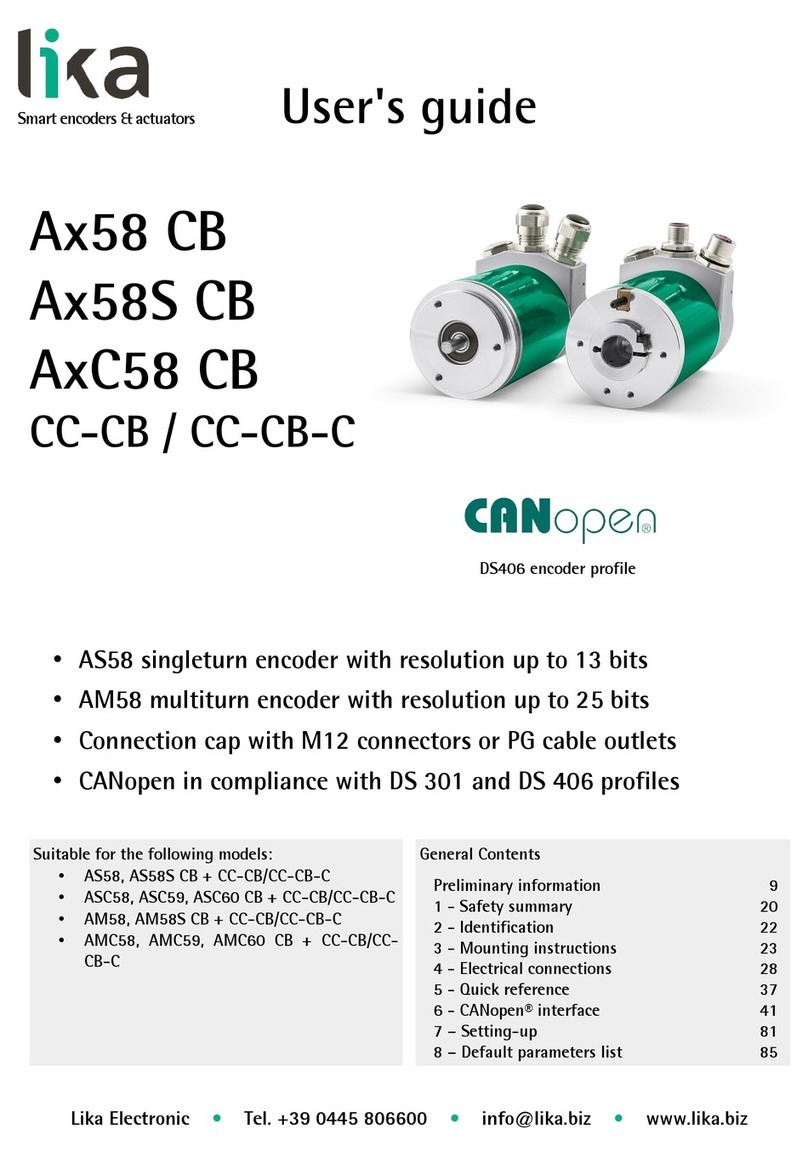
Lika
Lika CANopen A 58 CB Series user guide
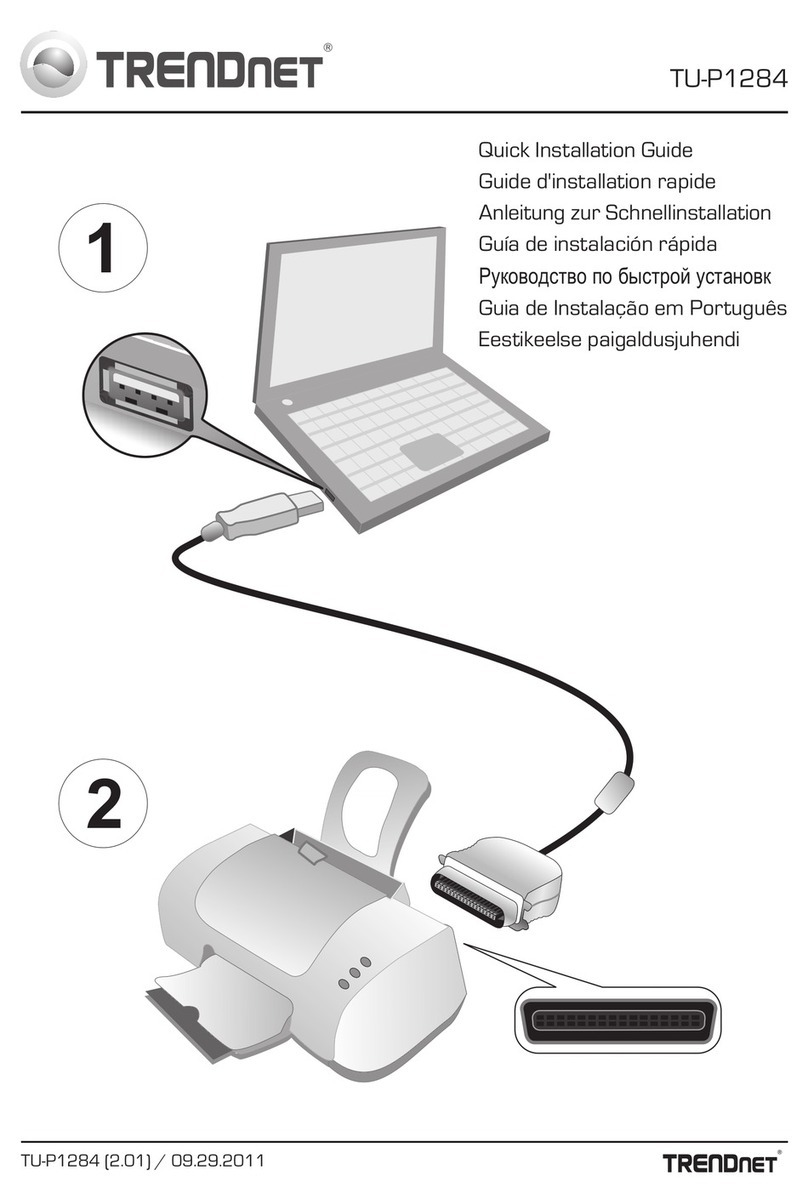
TRENDnet
TRENDnet TU-P1284 Quick installation guide

D-Link
D-Link DUB-AV300 Quick installation guide

Revox
Revox Re:source MK3 manual
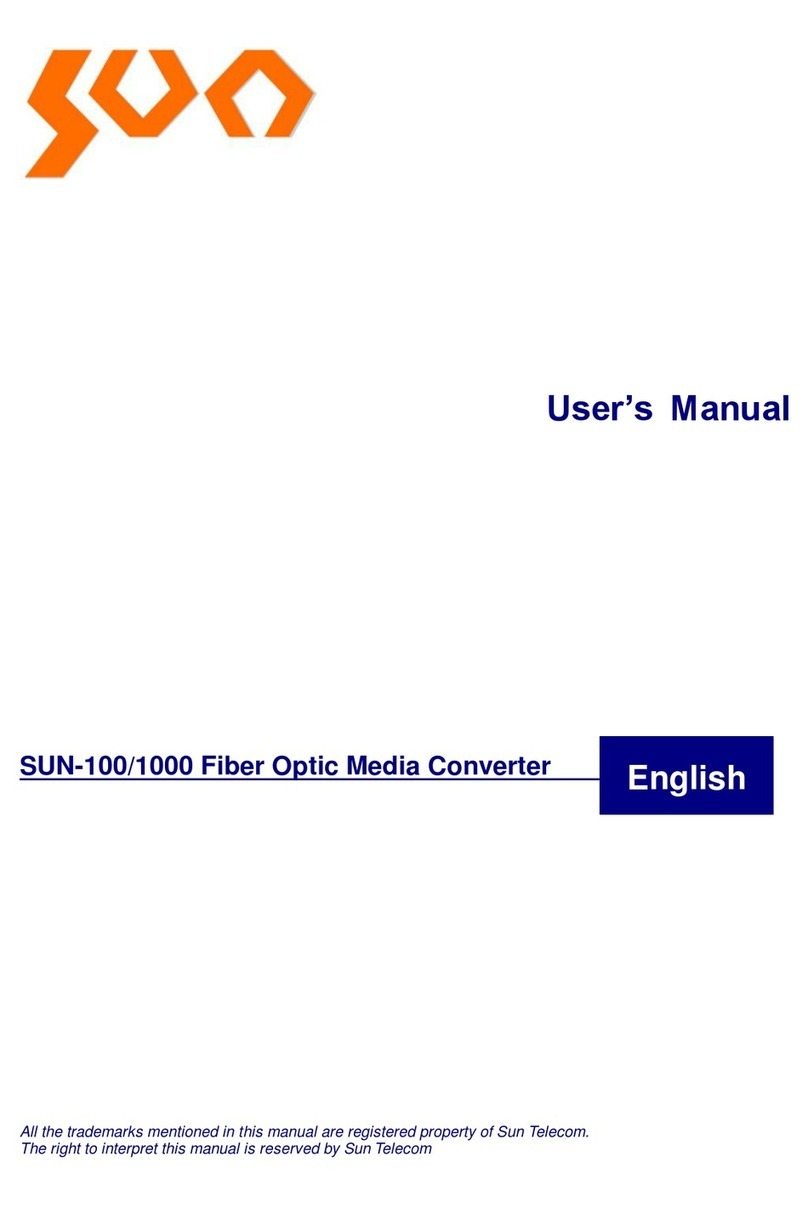
Sun Microsystems
Sun Microsystems SunSwift SPARCserver 1000 user manual
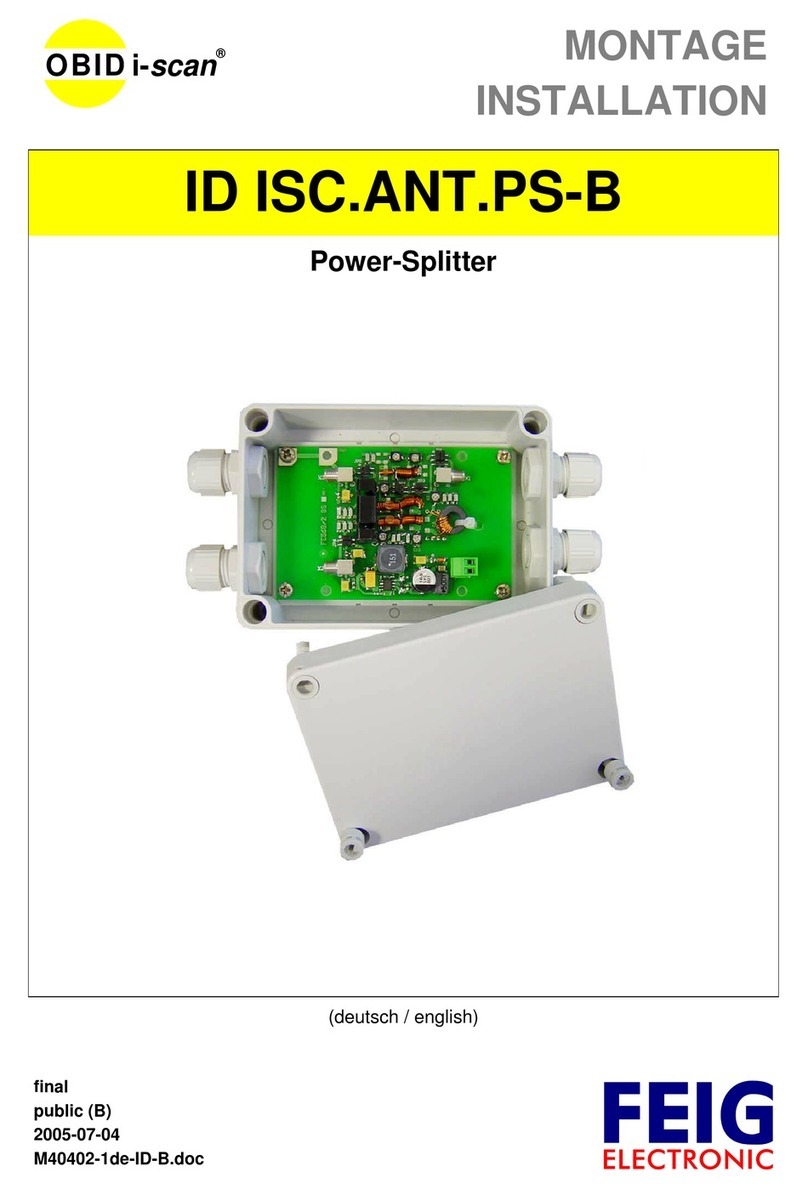
Feig Electronic
Feig Electronic OBID i-scan ID ISC.ANT.PS-B Installation
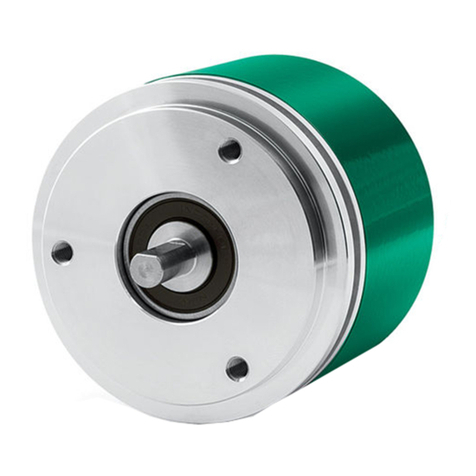
Lika
Lika ROTAPULS MI58S Series quick start guide

CEntrance
CEntrance DACmini CX user manual
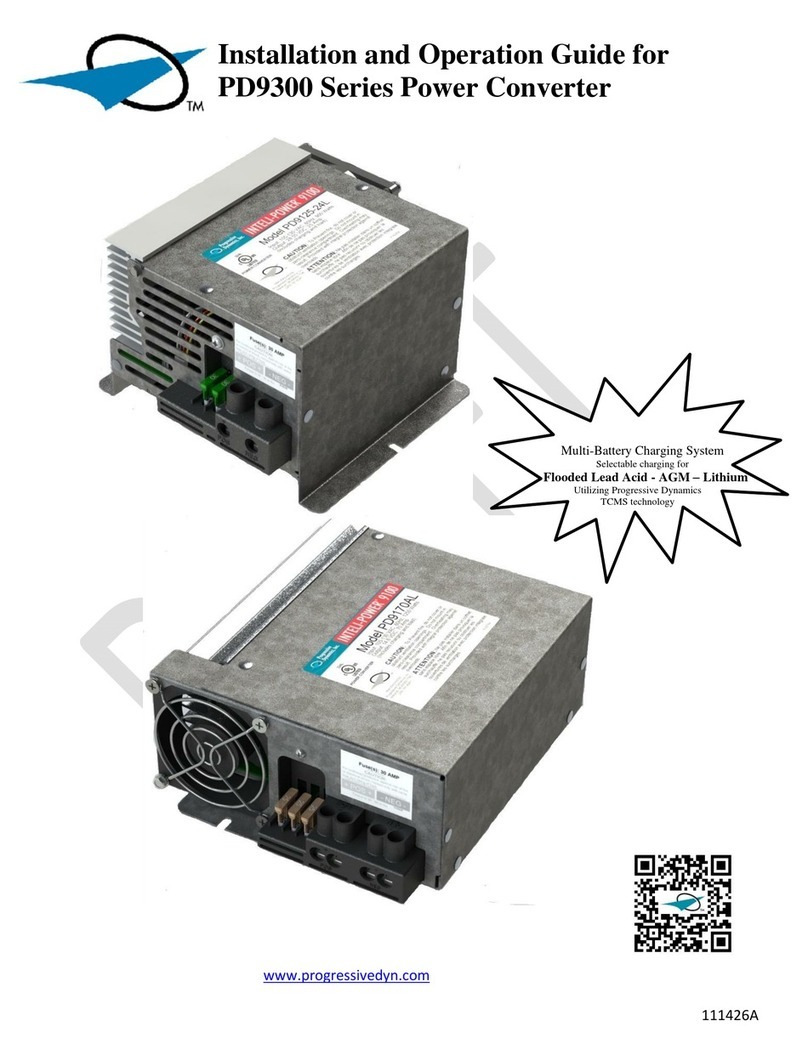
Progressive Dynamics
Progressive Dynamics INTELI-POWER PD9300 Series Installation and operation guide
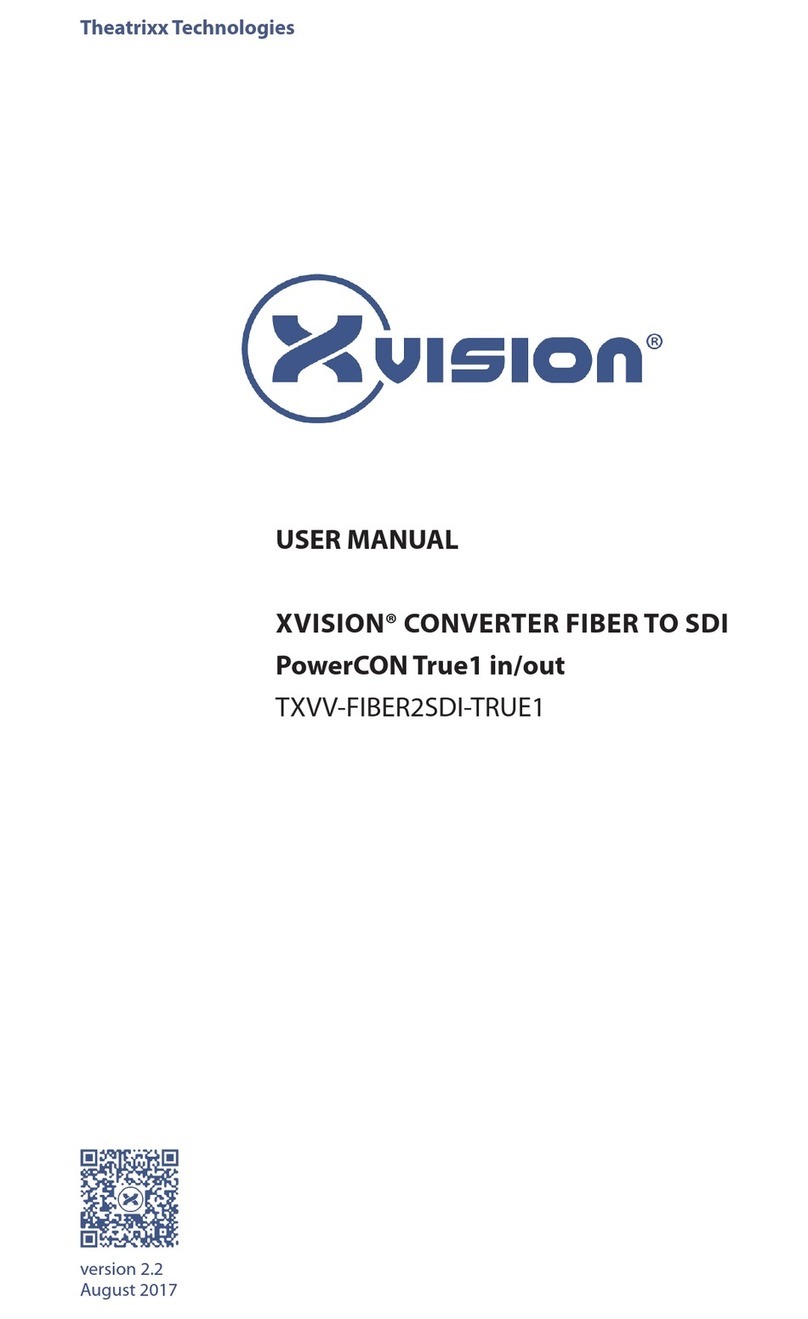
Theatrixx
Theatrixx XVision TXVV-FIBER2SDI-TRUE1 user manual
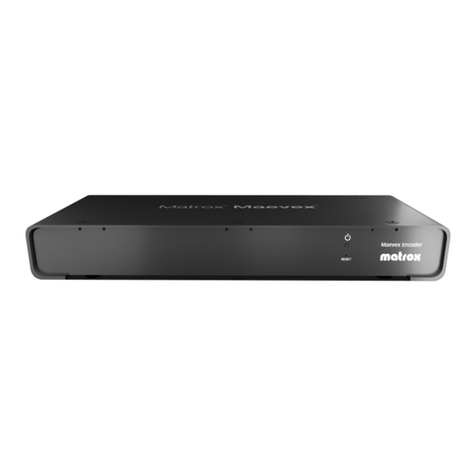
Matrox
Matrox Maevex 5100 Series Release notes
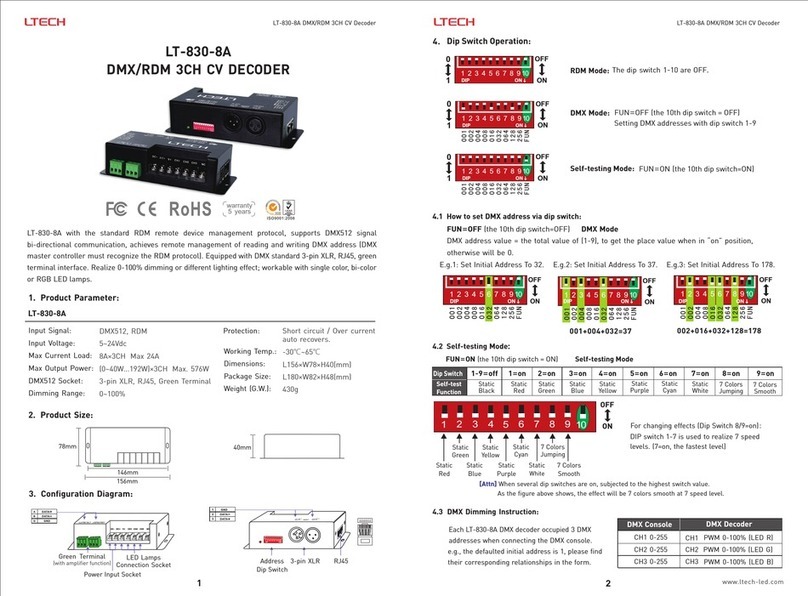
Ltech
Ltech LT-830 quick start guide
